Elon Musk: The life and career path of the man known as 'the real-life Iron Man'
About the author: This article is a translation of the author Tim Urban's post on Wait But Why - a very famous website with in-depth articles accompanied by vivid illustrations on many topics. In June 2015, Urban had a series of exclusive interviews with Elon Musk and the two discussed the importance of sustainable transportation development, solar energy and the future of space exploration. The translation below is part of a series of articles introducing Elon Musk, Tesla and SpaceX compiled by Tim Urban himself. Interested readers can access the original link at the end of the article to read the entire content of this interesting document.
For those who don't know, I want to help you understand more about the path that led Elon Musk to become a self-made billionaire and the real-life prototype of Tony Stark in the movie Iron Man. But first, let Richard Branson explain briefly:
Whatever the skeptics said couldn't be done, Elon did it. Remember the 1990s? Every time we needed to order something, we had to call and give our credit card number to the salesperson – without even knowing who they were? Elon envisioned something called PayPal. His companies Tesla Motors and SolarCity are making the dream of a new, clean energy future a reality… SpaceX is paving the way for space exploration… It's a paradox that Elon is working to improve the planet while building spaceships to help humans leave it – Richard Branson, chairman of Virgin, ranked 5th on the list of the richest British entrepreneurs and author of the famous autobiography 'The Road to the Great Sea'.
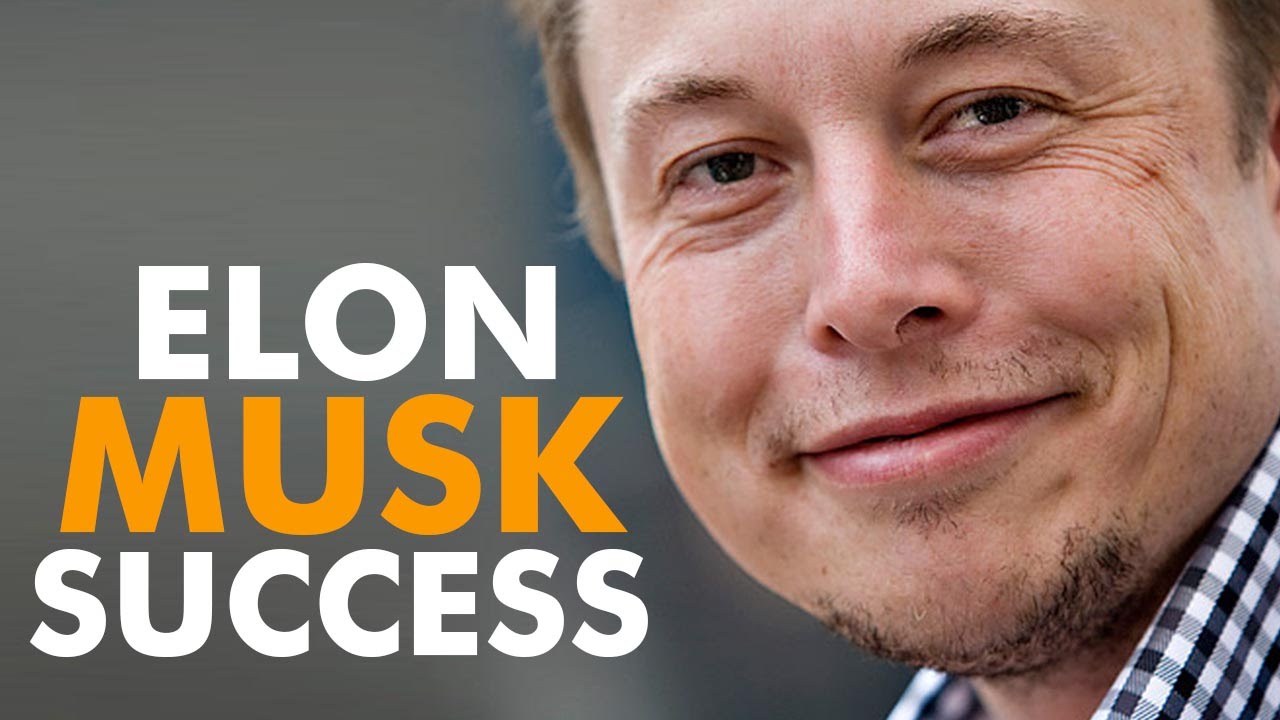
As for me, I only see one problem with Elon Musk: this guy "coincidentally" has his feet in so many fields: cars, aerospace, solar energy, energy storage, satellites, high-speed ground transportation, and bringing humans to many other planets.
Perhaps Zeus was a lot less stressed.
Elon Musk's career path
Elon Musk was born in 1971 in South Africa to an engineer father and a nutritionist and model mother. Having an unhappy childhood and not being able to fit in with his friends at school, Musk chose to become a "bookworm". His younger brother Kimbal once revealed that Musk often read books up to 10 hours a day - initially mainly science fiction and then non-science books. In the fourth grade, Musk spent almost all of his time devouring the Encyclopedia Britannica.
What you can see clearly when you read Elon Musk's biography is that he always thought of humans as computers, and in the most literal sense, we really are. The hardware of a human being is the body and the brain. The software is the way of thinking, the value system, the habits and the personality. And learning, according to Musk, is simply the process of "downloading data and algorithms into the brain". Musk was so frustrated with learning in traditional classrooms that he found that sitting and listening to a teacher explain something was a process of "downloading data at super slow speed". So, at that time, most of what he knew was from reading books.
Elon Musk fell into his second passion at age 9, when he was first introduced to a Commodore VIC-20 computer, which included 5 kilobytes of memory and a programming manual that would take users six months to master. However, the naturally intelligent 9-year-old completed it in just three days. At 12, Musk designed a video game called Blastar using the knowledge he had accumulated (Musk told me it was a 'trivial game… but better than Flappy Bird' ). In 1983, Blastar was sold to a computer magazine for $500 (about $1,200) – not bad for a 12-year-old.
Musk never felt much of a connection to his homeland, not fitting in with the Afrikaner culture and seeing it as a 'nightmare' for aspiring entrepreneurs. However, he saw Silicon Valley as a 'promised land,' and at 17 he decided to leave South Africa for good. Because his mother was Canadian, it was relatively easy for Musk to immigrate to the country. A few years later, he arrived in the United States through a college transfer program to the University of Pennsylvania.
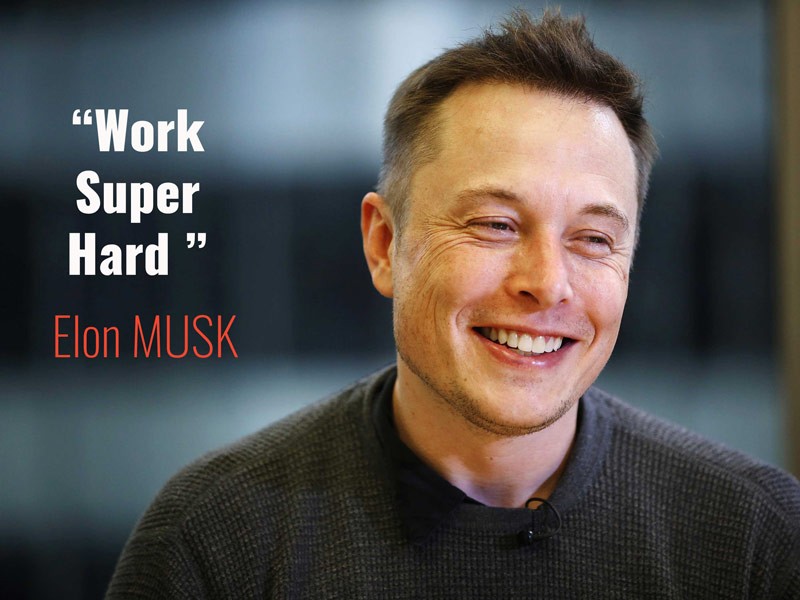
While in college, Musk began thinking about what he wanted to do with his life by asking himself, "What would have the greatest impact on the future of humanity?" and he answered with a list of five things: "The Internet; sustainable energy; space exploration, especially the search for planets like Earth that could support life; artificial intelligence; and reprogramming the human genetic code."
Musk isn't sure how artificial intelligence and reprogramming the human genetic code will impact humanity, and while he's optimistic about the first three ideas on the list, he's never thought he'd be involved in space exploration. He's left with the internet and sustainable energy.
Ultimately, Musk decided to pursue sustainable energy. After graduating from college, he enrolled in a PhD program at Stanford University to further his research on high-density capacitors—a technology that seeks to store energy more efficiently than traditional batteries—which he knew would be key to the future of sustainable energy and help accelerate the emergence of the electric vehicle industry.
However, just two days into the course, FOMO (Fear of Missing Out) began to plague Musk. It was 1995 (the Internet was just starting to take off) and he 'couldn't stand watching the Internet go by day by day – he just wanted to jump in and fix it.' So Musk dropped out and decided to try his luck with the Internet.
His first move was to try to get a job at what was then considered an Internet monster – Netscape. He used the tactic of suddenly appearing and loitering in the company lobby, standing there blankly, showing his embarrassment, not daring to talk to anyone, and then leaving immediately. However, this 'perfect plan' failed miserably.
After an unimpressive job search, Musk teamed up with his younger brother, Kimbal, to start their own company, Zip2. Zip2 was like a primitive combination of Yelp and Google Maps, which at the time was virtually nonexistent. Their goal was to make businesses realize that being in the Yellow Pages was becoming obsolete and that it was time to join an online directory. The brothers were penniless, sleeping and showering at the YMCA. Musk, then the lead programmer, spent hours in front of a computer to do his work, and the challenge for both was that in 1995, it was hard to convince businesses that the Internet was important—many of whom said online advertising was 'the stupidest thing they'd ever heard.' Eventually, however, the two began to get customers and the company grew. During the Internet boom of the 1990s, startups were bought and sold like hotcakes, and in 1999, Compaq bought Zip2 for $307 million. Musk made $22 million. He was about 27 years old.
True to Musk's personality, after closing a company, he will immediately research and launch a newer, more complex one with many times more difficulty.
It was a common practice for millionaires in the dot-com boom to either retire to enjoy the good life and work as angel investors (wealthy people who can fund a startup in exchange for ownership of a piece of it) or, if they were still ambitious, start a new company with other people's money. Musk, however, was a rule-breaker. He didn't take that easy path and decided to put three-quarters of his money into a new idea—a bold plan to build an online bank that offered checking, savings, and brokerage accounts called X.com. It may not sound surprising today, but in 1999, an Internet startup that wanted to compete with the banking giants was unheard of.
One of the many highlights of X.com was its convenient money transfer service, and later, Confinity - another Internet finance company in the same building as X.com, founded by Peter Thiel and Max Levchin - also developed a similar service. Both companies recognized the huge demand for money transfer services, leading to fierce competition. Later, X.com and Confinity merged to form a new company that today, most people know as PayPal.
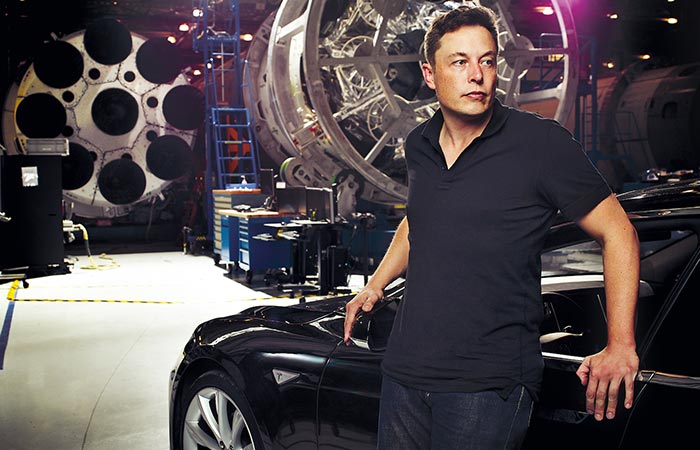
This merger, on the one hand, created many advantages but at the same time brought together many "egos" which were considered the root cause of a series of unnecessary conflicts. The proof is that despite rapid development, there was a lack of harmony within the company and by the end of 2000, the conflict reached its peak. Those who opposed Musk staged a "coup" and appointed Thiel as CEO. However, Musk still played a very important role in the company's development after that time and was a core factor in the sale of PayPal to eBay for $1.5 billion in 2002. He (then the largest shareholder) left with $180 million in his pocket.
In 2002, before the sale of PayPal to eBay was finalized, Musk began researching rocket technology, and later that year, with $100 million in hand, he began building one of the most unlikely companies ever: a rocket company called SpaceX with the goal of revolutionizing the cost of space travel and helping humans become a multi-planetary species through the colonization of Mars with at least 1 million "residents" in the next century.
In 2004, while this 'project' was still in its infancy, Musk started yet another 'utopia': an electric car company called Tesla that aimed to revolutionize the global auto industry by accelerating the creation of a world dominated by electric vehicles—to help humanity make the leap to a sustainable energy future. He also spent his own money on this idea—about $70 million—despite the fact that the most successful car startup in the US was Chrysler in 1925, and no other successful startups in this field have been created since.
Two years later, Musk spent $10 million to start another company with his cousins, SolarCity . Their goal was to revolutionize energy production by creating a distributed, scalable infrastructure that would install solar panels on millions of homes, dramatically reducing the use of fossil fuel-based electricity and ultimately 'accelerating the mass adoption of sustainable energy.'
Difficulties piled up
If you look at all these events in the four years following the PayPal sale, you might think that this is a sad story about a paranoid Internet millionaire who takes on a series of impossible projects and does things that only waste the money he has earned.
By 2008, SpaceX had figured out how to build rockets, but they didn't really work—they had already launched three times, but they all exploded before reaching orbit. Meanwhile, to get outside funding and contracts to deliver cargo to space, SpaceX had to prove it could successfully launch rockets. Musk was frustrated that he only had enough money to make one more launch, and if it failed, SpaceX would be wiped out.
Meanwhile, in the San Francisco Bay Area, Tesla was in dire straits. It had yet to launch its first car, the Tesla Roadster, and Valleywag, a gossip blog, had named the Roadster the No. 1 tech failure of 2007. Things might have been better if the global economy hadn't suddenly tanked. But the reality was that investment in the auto industry had completely stopped, especially in new car companies. Tesla was running out of money.
While in such dire straits, Musk's eight-year marriage – seemingly stable and lasting – also ended in a complicated and painful divorce (Urban commented on the event that anything stable and lasting also means you can potentially lose it forever).
But here's the thing—Musk isn't stupid, and he's never built a bad company. On the contrary, they've been very, very successful. The problem is that building a real rocket or building a car company is incredibly hard. And because no one wants to invest in something so ambitious, so fantastical, and so doomed to fail (unprecedented)—especially in a recession—Musk has had to rely on his own resources. PayPal has made him rich, but the money he's made isn't enough to keep his companies afloat long term. Without outside money, both SpaceX and Tesla would have collapsed. Neither idea is inherently bad—it's just that they need more time to succeed, and time is running out.
And then, at the darkest moment, everything turned around.
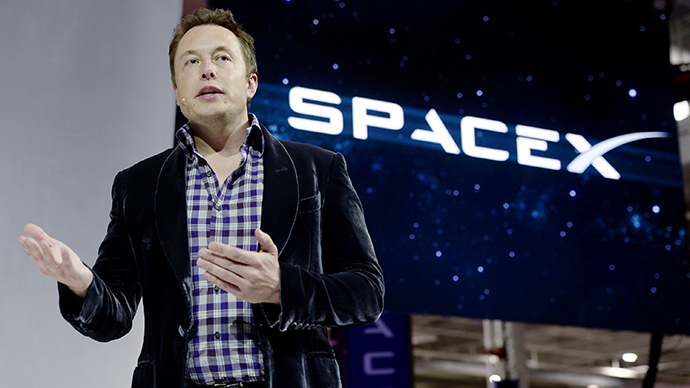
First, in August 2008, SpaceX launched its fourth rocket and, surprisingly, it succeeded as expected.
That was enough for NASA to trust Musk. They gambled by awarding SpaceX a $1.6 billion contract for 12 launches. Lifeline extended. SpaceX survived.
The next day, on Christmas Eve 2008, Musk scraped together the last of his money to save Tesla, and investors reluctantly followed suit. Tesla was saved. Five months later, things began to improve when the company received another $50 million in funding from Daimler.
The Next 7 Years and the Incredible Successes of Elon Musk
After three failed launches, SpaceX launched 20 more, all of them successful. NASA is now a regular customer, and many other companies are, thanks to SpaceX's innovations that have enabled them to send cargo into space at the lowest cost in history. Those 20 launches have also created many "firsts" for a rocket company: to date, only four have successfully put a spacecraft into orbit and returned to Earth: the US, Russia, China, and SpaceX. SpaceX is also currently testing a new spacecraft that can take people into space. They are also busy designing a larger rocket that can take 100 people to Mars at a time. SpaceX has also recently received investments from Google and Fidelity, and the company is currently valued at about $12 billion.
Tesla's Model S line has also achieved spectacular success, shaking the entire auto industry and achieving the highest ranking ever (99/100) by Consumer Reports, and the highest ranking in history for safety by the US National Highway Safety Administration (5.4/5). At the end of March, Tesla also launched the Model 3 - the cheapest electric car (about 35,000 USD) with the ability to accelerate from 0 - 100km/h in less than 6 seconds and the goal of producing 500,000 units per year. To achieve this, Elon Musk has built a lithium-ion battery factory Gigafactory with an investment of up to 5 billion USD in Sparks, Nevada, USA.
In 2012, SolarCity officially went public and became one of the largest solar panel installation companies in the US. Recently, Tesla reached an agreement to acquire the company for $2.6 billion, lower than the $2.8 billion they had previously proposed.
But that's not enough, in his spare time, Musk also researches and promotes the development of a new mode of transportation - the Hyperloop super-speed train system.
Musk's companies will add about 30,000 workers over the next few years as new factories are completed. After nearly going bankrupt in 2008 and having to 'move into his in-laws' basement,' Elon Musk's net worth was estimated at $14.4 billion in 2016.
All of this has made Elon Musk almost a living legend. In successfully building an automobile company and a network of fueling stations around the world, Musk has been compared to visionary industrialists like Henry Ford and John D. Rockefeller. His pioneering work in rocket technology with SpaceX has put Musk on par with Howard Hughes , and many have even drawn parallels between Musk and Thomas Edison because of the technical advances Musk has made in many fields. But the most common comparison is between him and Steve Jobs because of his extraordinary ability to disrupt large, established industries with things that customers didn't even know they wanted. Some believe that Musk will be remembered more than anyone else. The technology journalist and Musk biographer said that what Musk is building "is potentially greater than anything Hughes or Jobs created. Musk has taken industries like aerospace and automobiles that America seemed to have abandoned and breathed something new and wonderful into them."
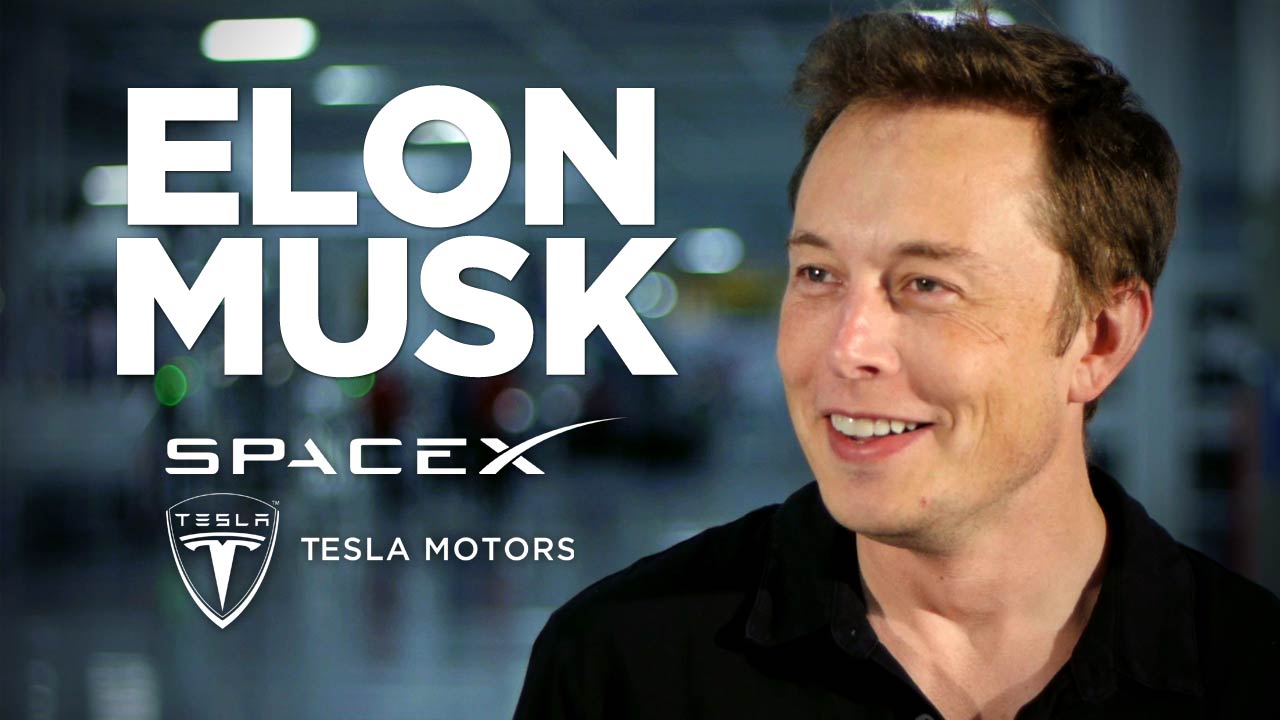
Chris Anderson, who hosts TED Talks, has called Musk 'the most respected entrepreneur alive.' Others call him 'the real-life Iron Man,' and for good reason. Jon Favreau actually sent Robert Downey to the SpaceX factory to chat with Musk before filming began on Iron Man so the actor could emulate Musk in his role.
In our phone conversation, Musk made it clear that he wasn't looking to me for a promotion for his companies, but rather to help him explain what was happening in the worlds around them and why what was happening to electric cars, sustainable energy production, and aerospace was so important.
Musk is particularly bored by people who take the time to write about him. According to Musk, there are so many more important things going on in the fields he is involved in that whenever someone writes about him, he wishes they would write about the need for fossil fuels or improvements in printing or the importance of colonizing other planets (this is made clear in the Elon Musk biography – the author makes it clear in the introduction that Musk is not thrilled about having someone write a biography about him).
So I'm sure the title of the article "Elon Musk: The World's Raddest Man" will make him very uncomfortable.
But I have my reasons. For me, there are two very worthwhile reasons to undertake this "exploration" of human life:
1. To understand why Musk does what he does: Musk strongly believes that he cares about what gives humanity the best chance of creating a better future. I wanted to dig deeper into those things and understand why he cares about them.
2. To understand why Musk can do what he does: The number of people who change the world in each generation can be counted on the fingers of one hand, so they are worth studying. They have a different way of doing things than everyone else and I think we have a lot to learn from them.
Read the original article in English here:
http://waitbutwhy.com/2015/05/elon-musk-the-worlds-raddest-man.htmlYou should read it
- 16 secrets are less known about tech village 'Iron Man' Elon Musk
- 10 things that Elon Musk makes the world better
- It turns out that Elon Musk never deleted Tesla and SpaceX fanpage on Facebook
- Elon Musk erases Tesla and SpaceX's Facebook 2.6 million likes
- 33 thoughts make Elon Musk a great person
- Elon Musk explains the true meaning of the Tesla logo
 6 Ways to Make the Most of Your Full-Size SD Card in 2025
6 Ways to Make the Most of Your Full-Size SD Card in 2025 Why would it be better if YouTube didn't show Dislikes?
Why would it be better if YouTube didn't show Dislikes? Apple continues to lead the global tablet market
Apple continues to lead the global tablet market Microsoft ushers in the era of 'Print Anywhere' with pull print for Universal Print
Microsoft ushers in the era of 'Print Anywhere' with pull print for Universal Print Camera the size of a grain of salt, takes amazingly sharp photos
Camera the size of a grain of salt, takes amazingly sharp photos Microsoft officially closes online movie and TV store
Microsoft officially closes online movie and TV store